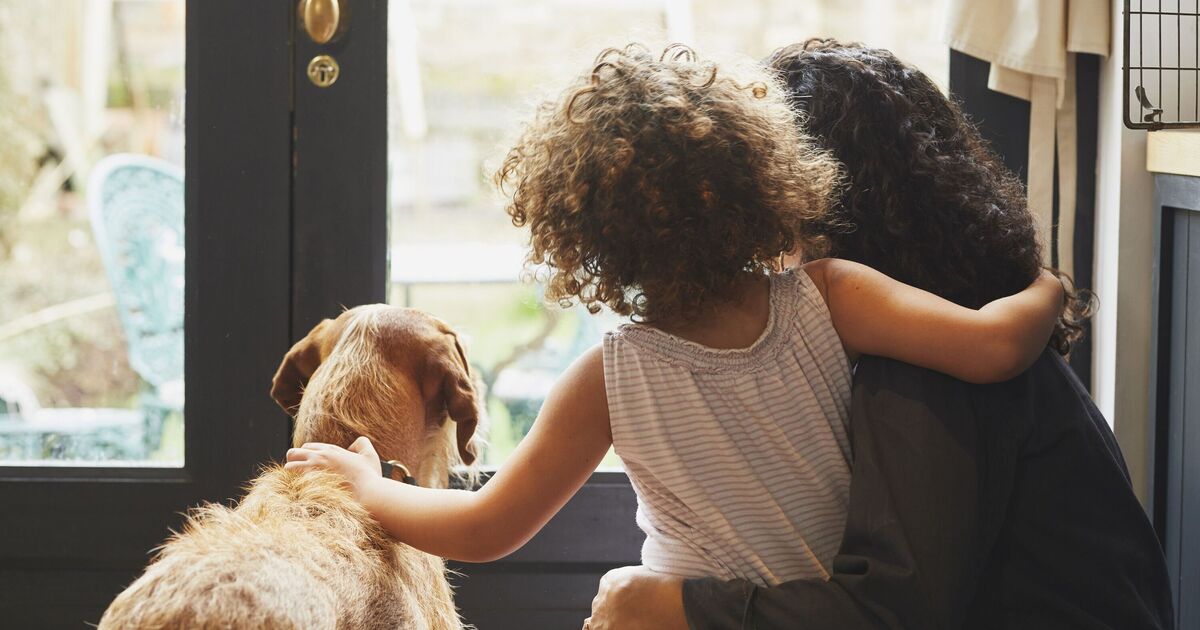

Pet owners across the UK have been warned that they risk invalidating their insurance, as experts from the RSPCA highlight a costly mistake. A large number of families move in September, as it is considered one of the busiest times in the property market.
The whole process of moving to a new home is extremely overwhelming for the buyers who are looking at everything from documentation to furniture. However, an expert from RSPCA has warned of one mistake that can easily slip off your mind and then result in a loss of the pet insurance in future. Dr Samantha Gaines from the RSPCA’s Companion Animals Team explained that forgetting to update your address on pet insurance when moving house could leave your policy invalid.
Recent findings from David Wilson Homes reveal that a significant 62 percent of people relocating within the UK bring their pets along, underscoring how common this scenario is.
However, this widespread trend comes with a hidden financial risk: if pet owners fail to update their insurance records during the move, they could face invalid claims and unexpected expenses.
Considering that the average cost of treating accidental injuries for pets in the UK is around £635, overlooking this detail could add a hefty burden to an already expensive process. Staying on top of paperwork might not be glamorous, but it could save hundreds in surprise vet bills.
She said: "Don’t forget to update your pet insurance records with your new address, including their microchip and any ID or collar tags. Your insurance could be invalid if you fail to notify the provider of the change. Depending on how far you are moving, you may also need to register with a new vet and move any correspondence."
Apart from this, Dr Gaines shared some crucial tips to keep in mind while planning a house move with a pet.
She said: "If your pet is especially anxious, consider having a trusted friend or family member care for them on moving day - provided your pet is familiar and comfortable with both the person and their home. This helps prevent stress from loud noises or unfamiliar faces and keeps your pet safe while heavy furniture and boxes are being moved.
"Animals need to be transported in suitable carriers and be adequately secured. When transporting your pet in a crate or container, make sure they have enough room to sit and stand up at full height, turn around easily and lie down in a natural position.
"It’s a good idea to get your pet comfortable with being in a carrier prior to the move. A good way to do this is to leave the carrier out in the home so they can explore it themselves."